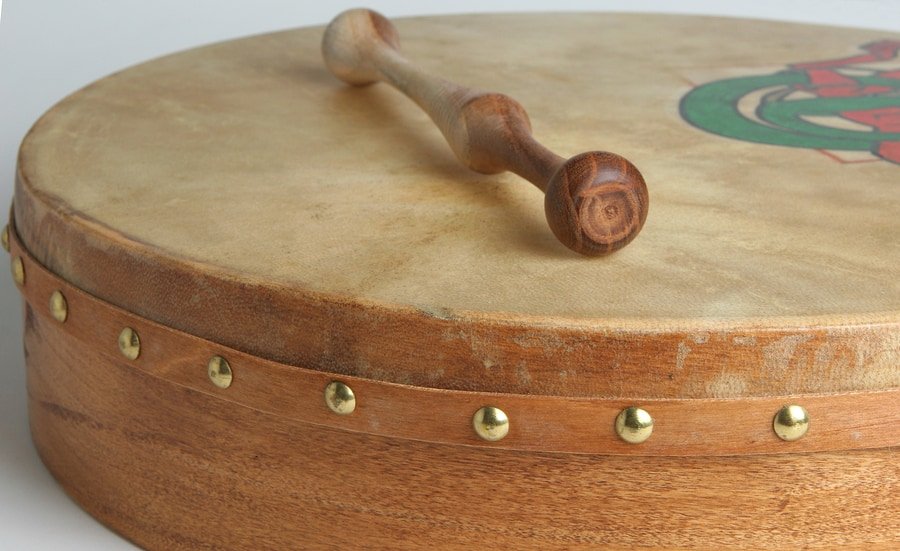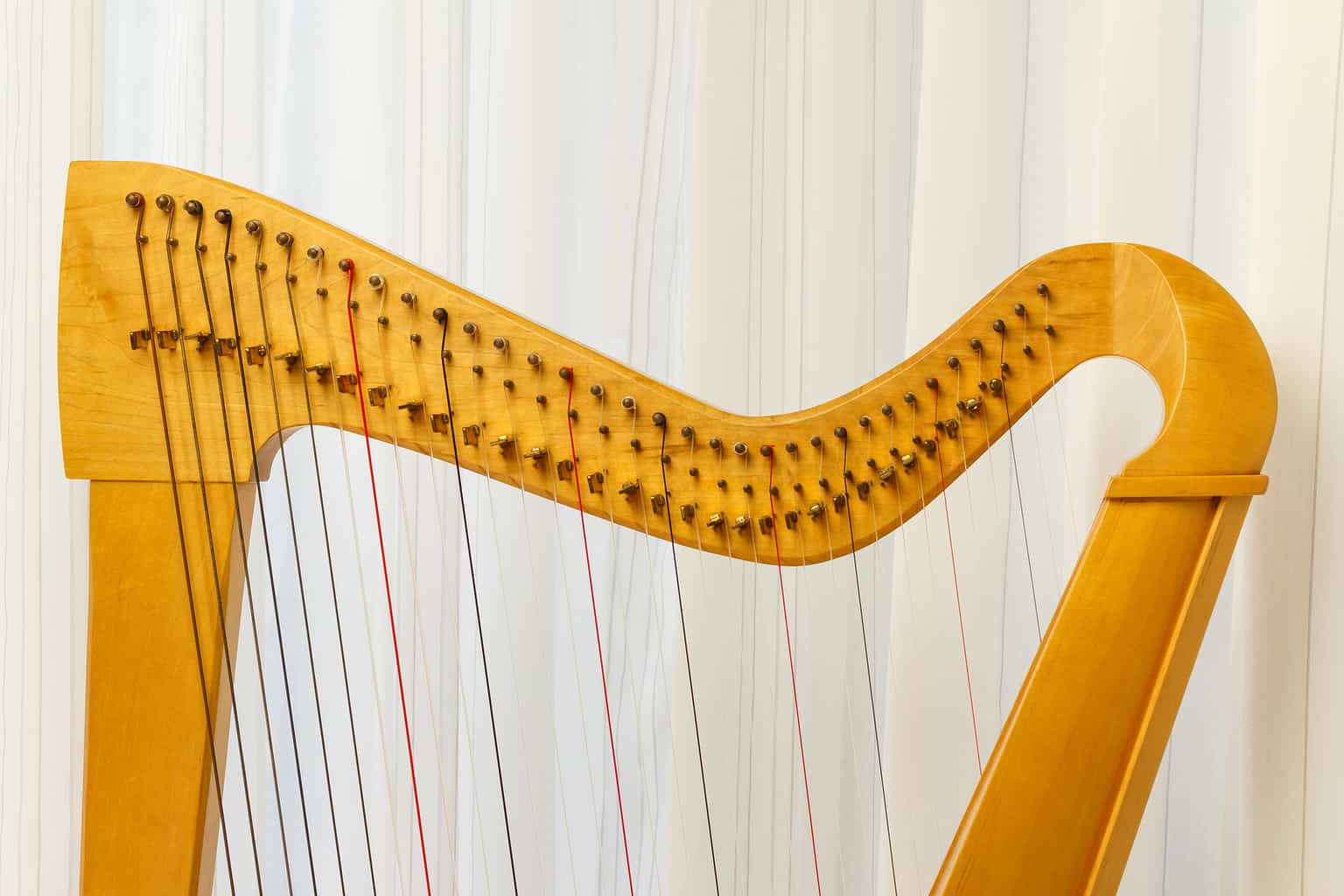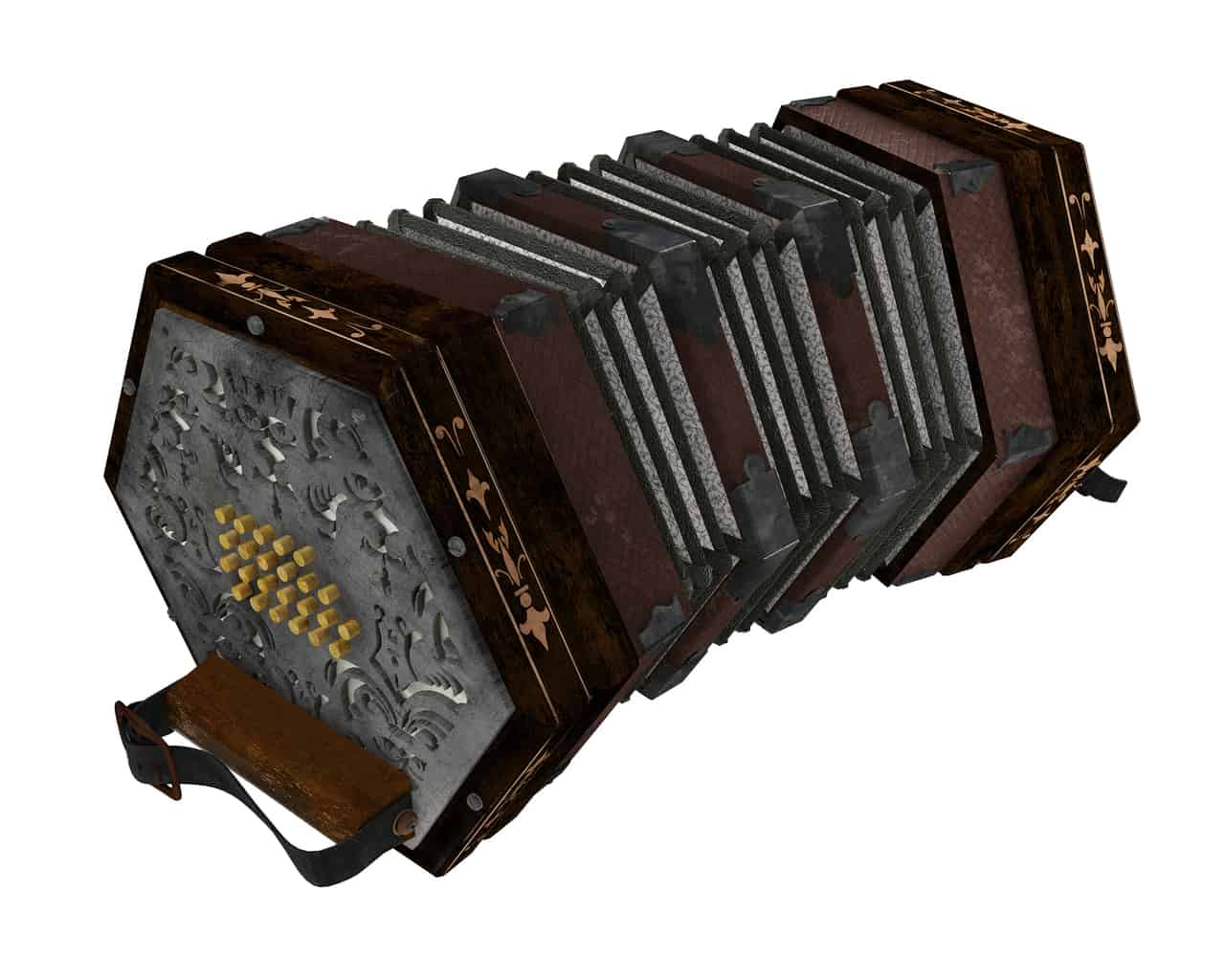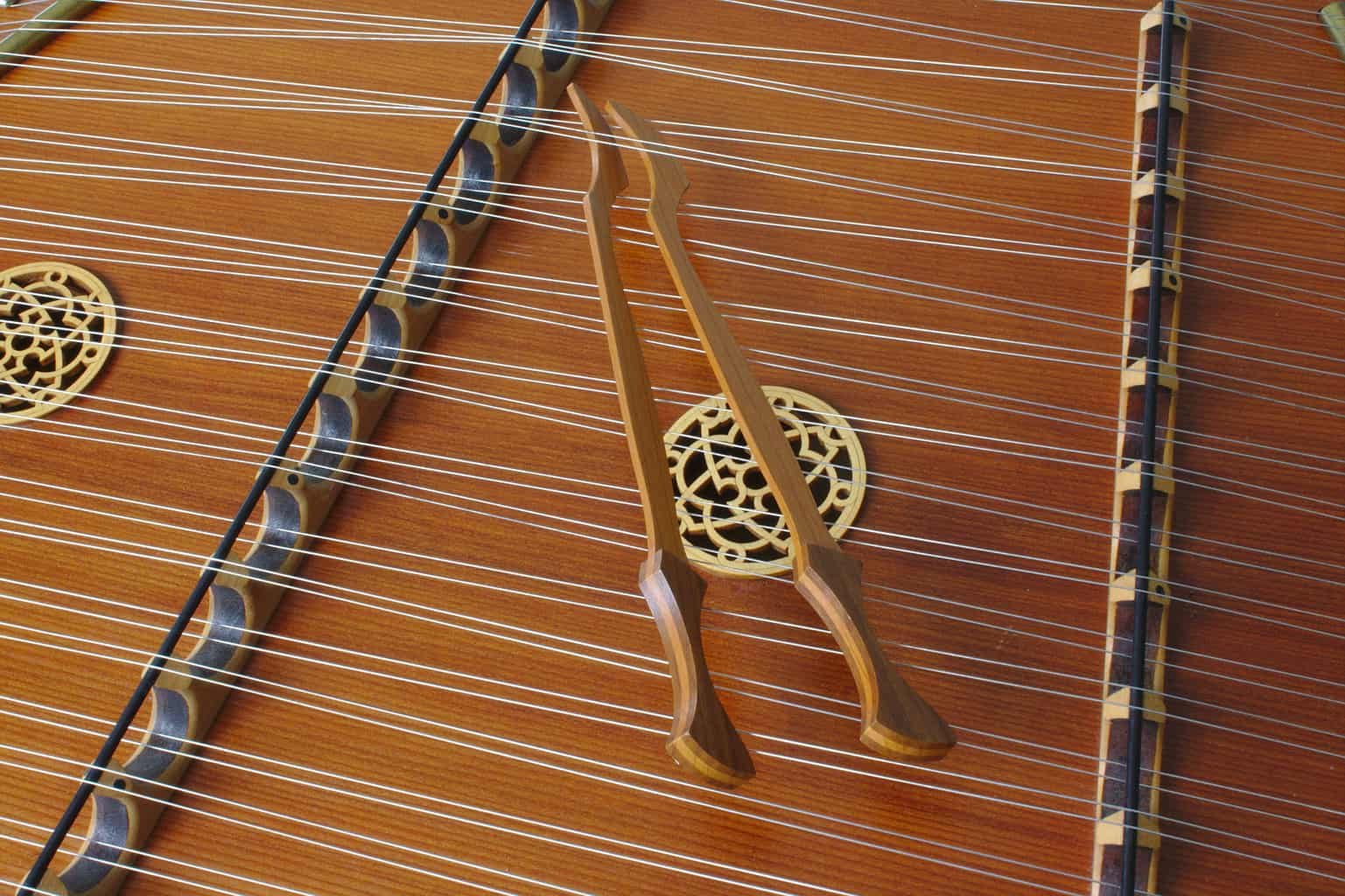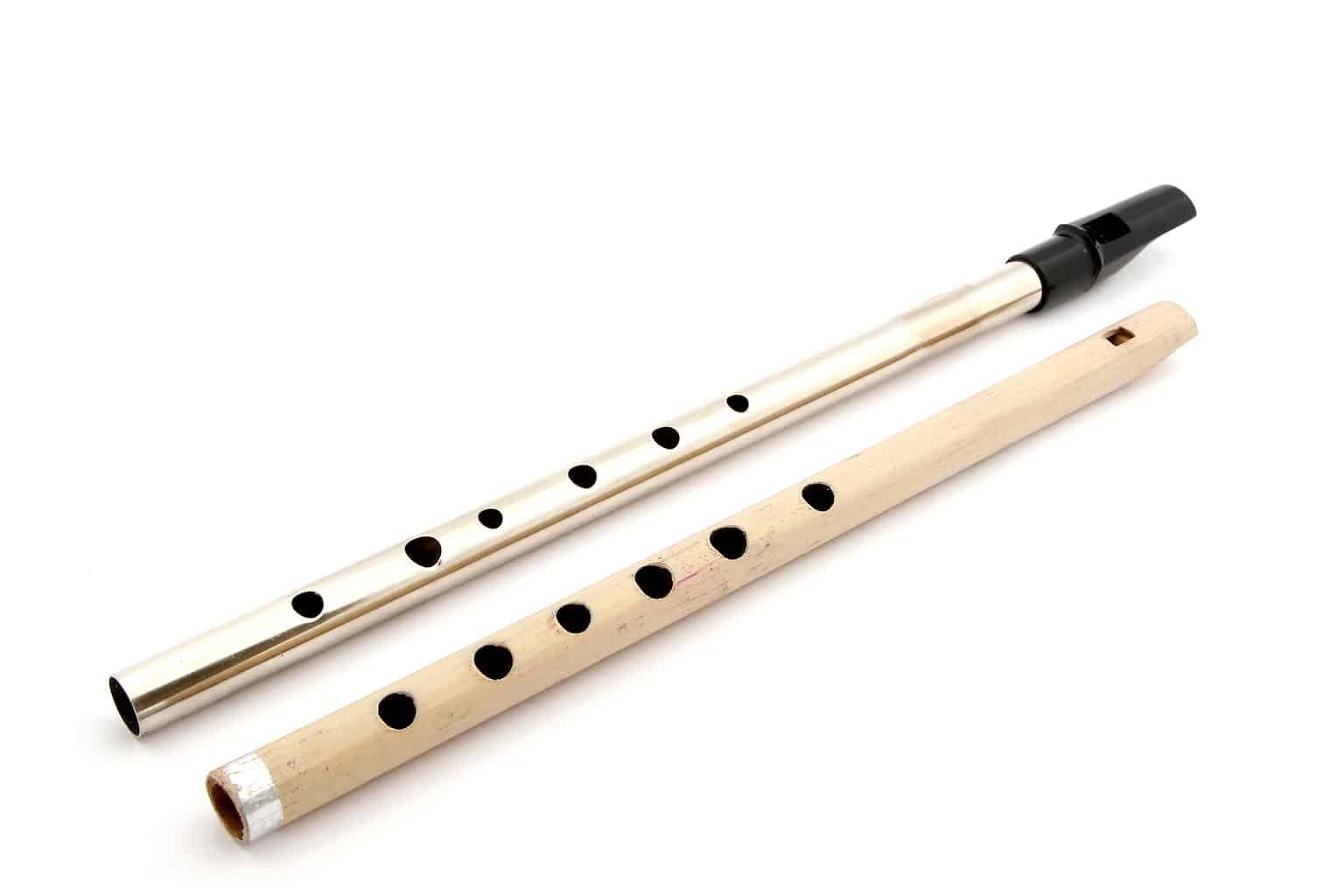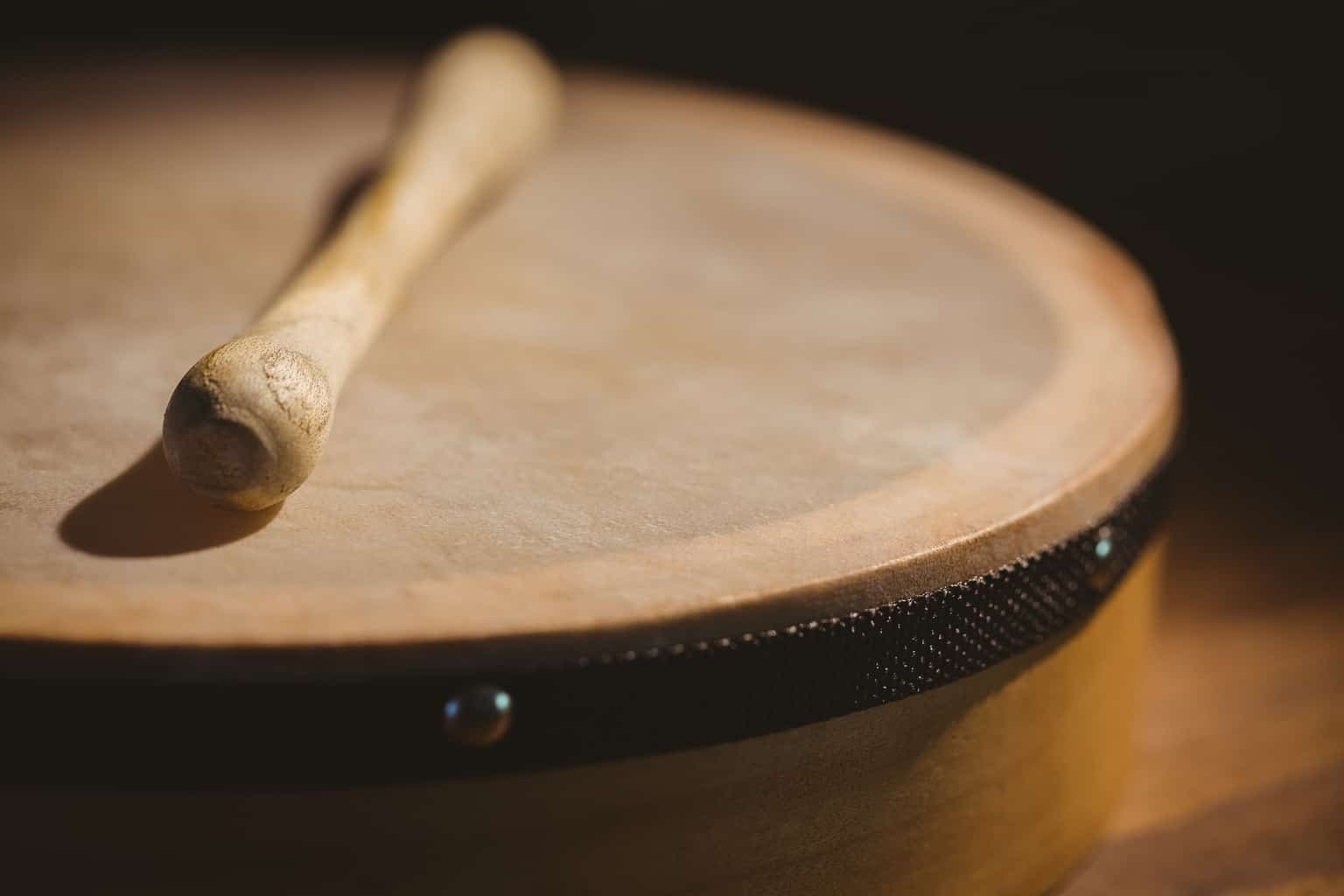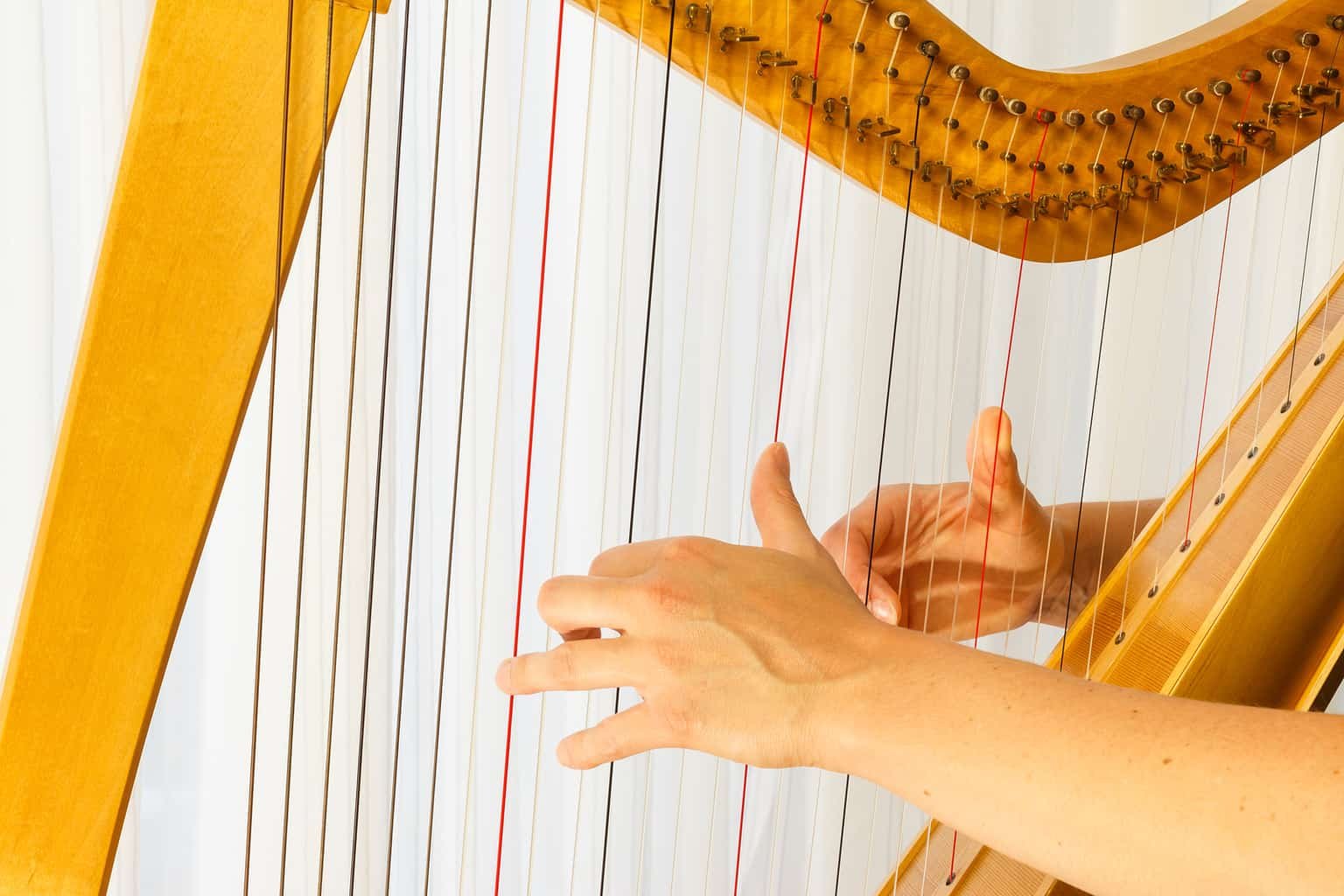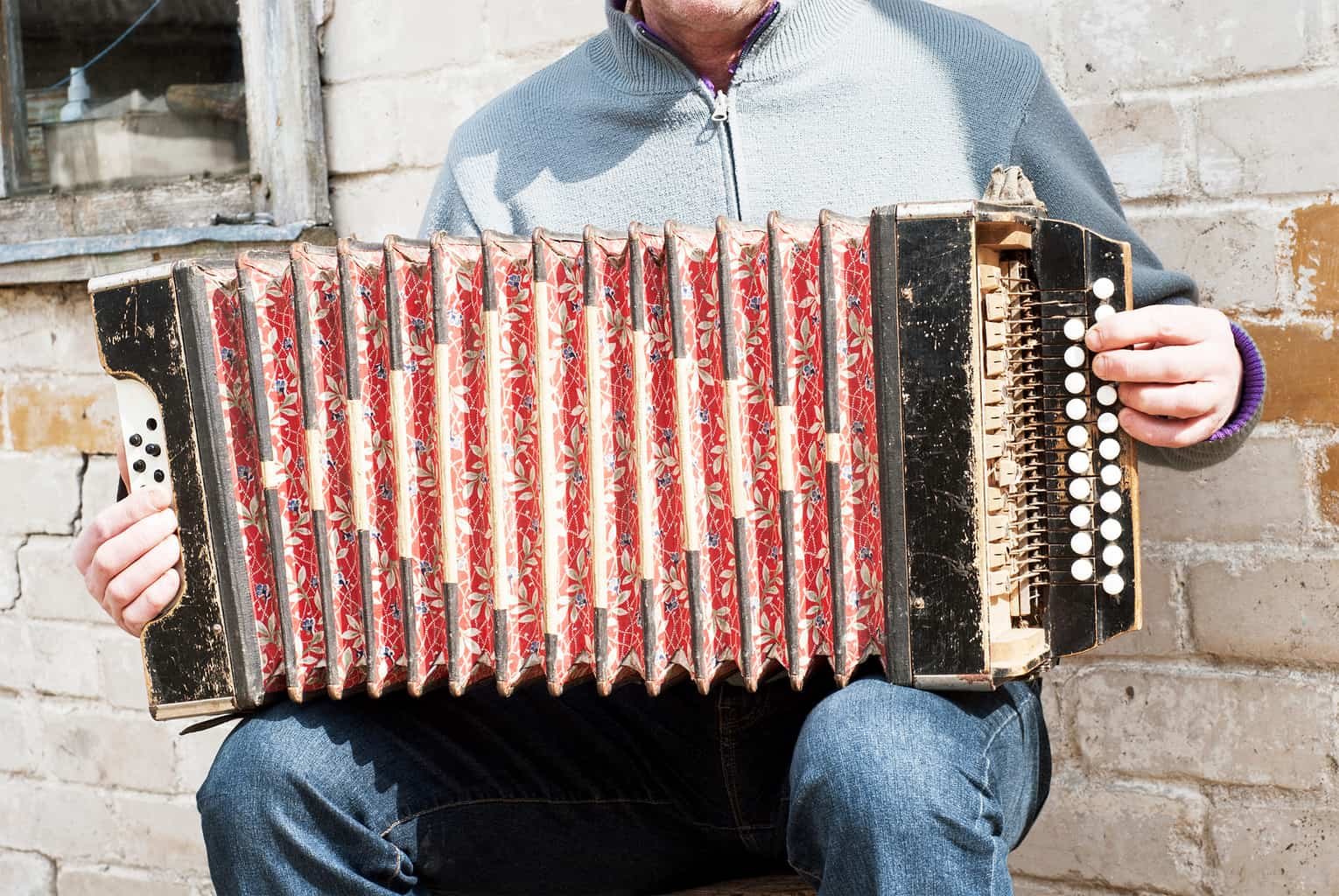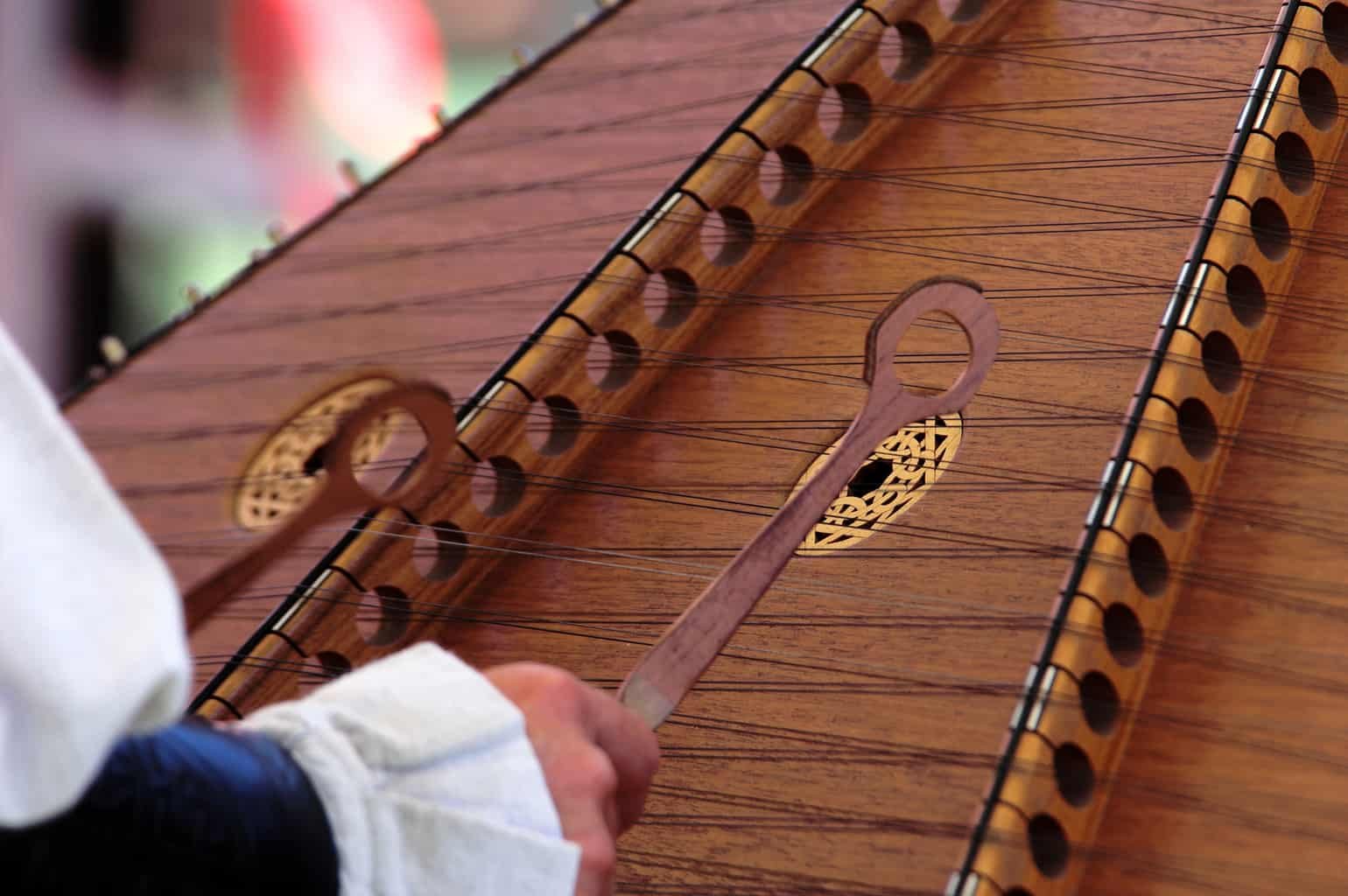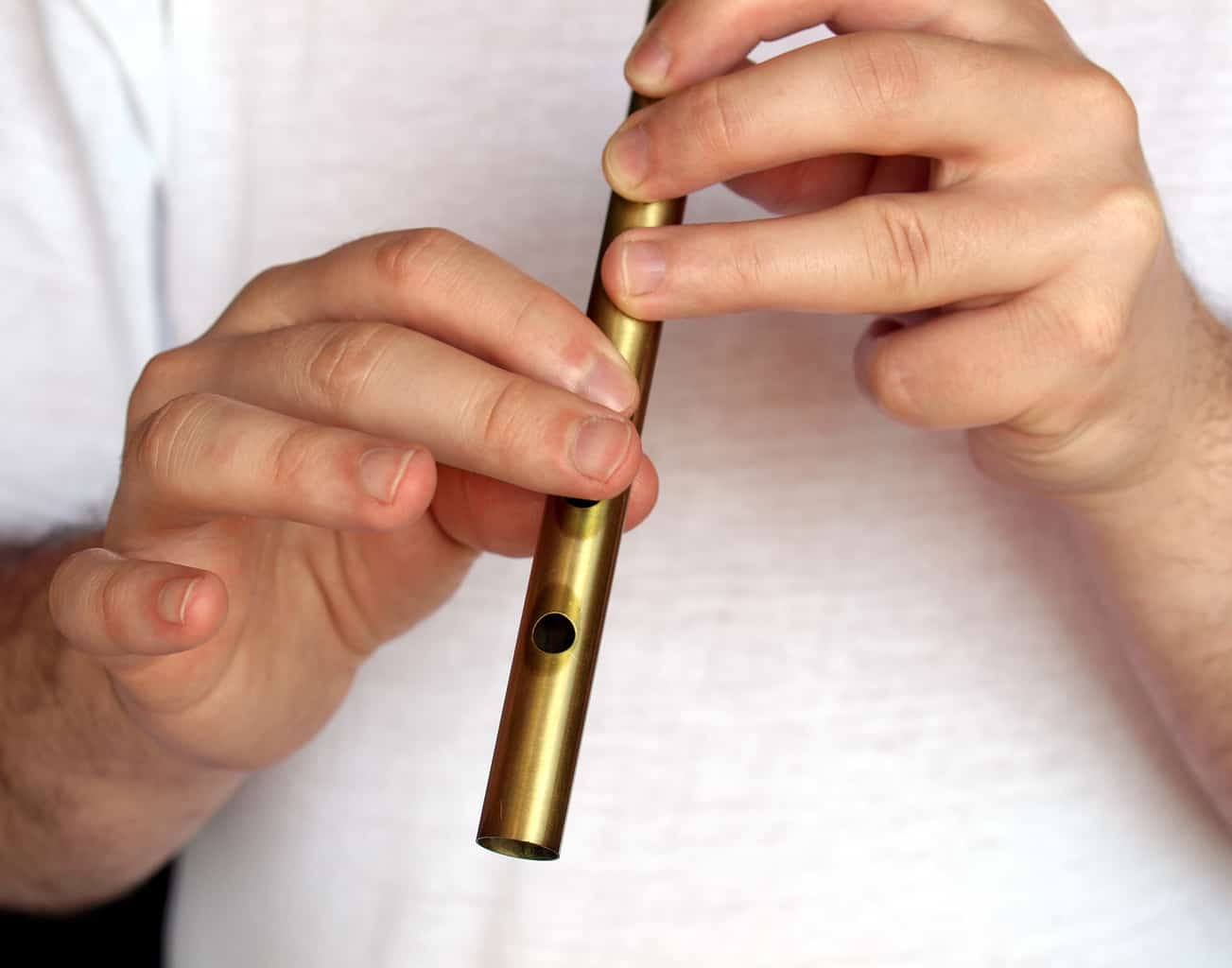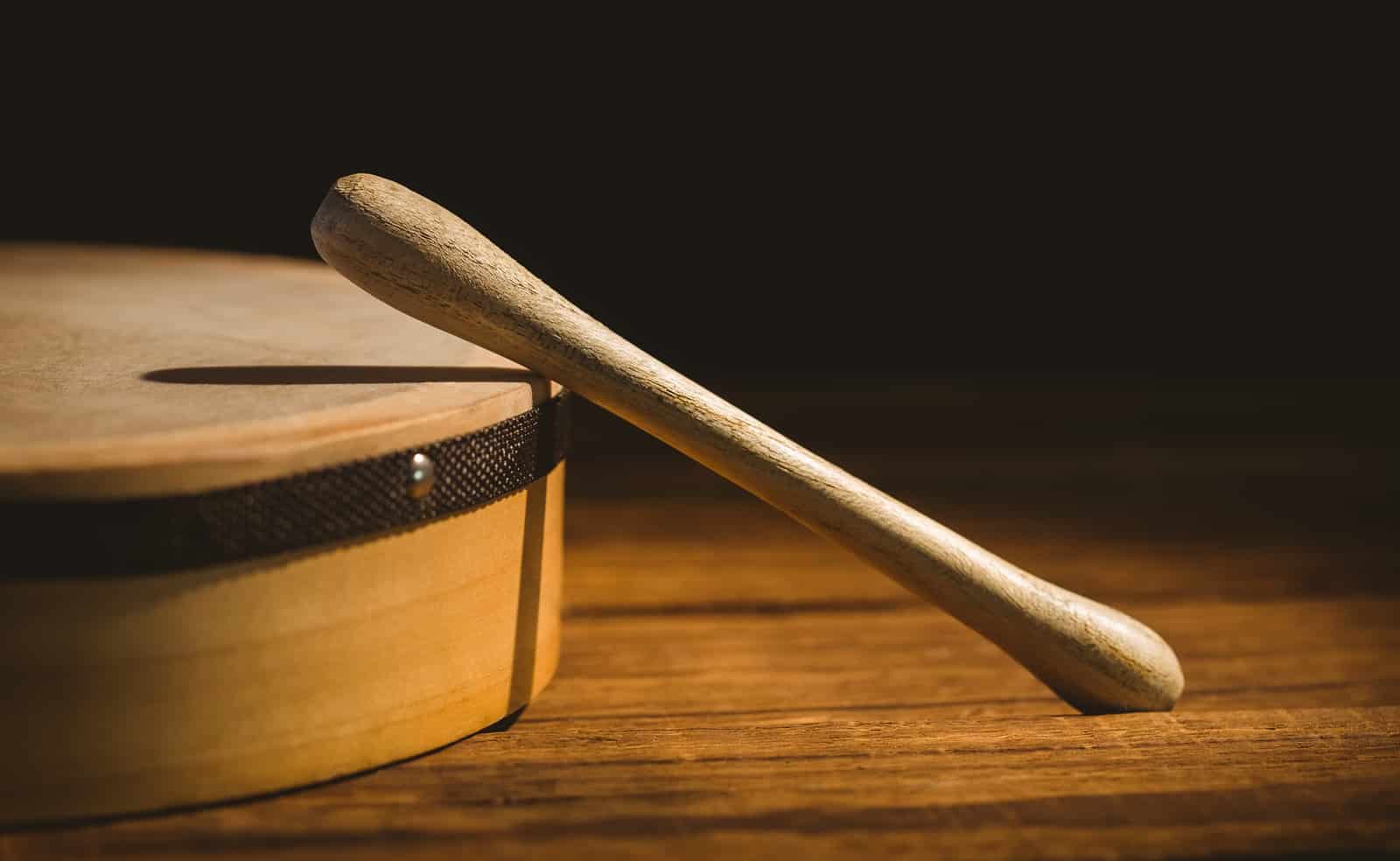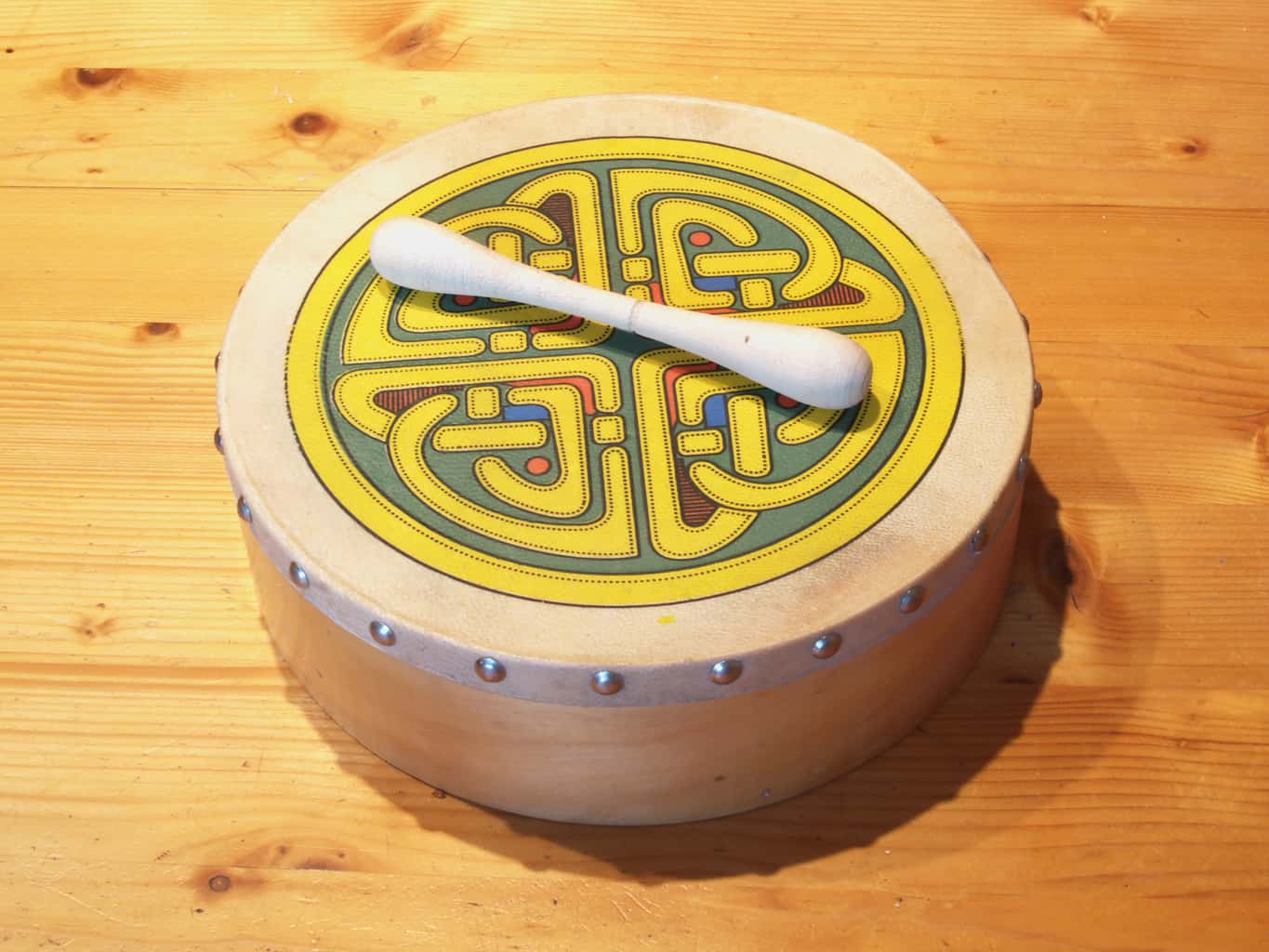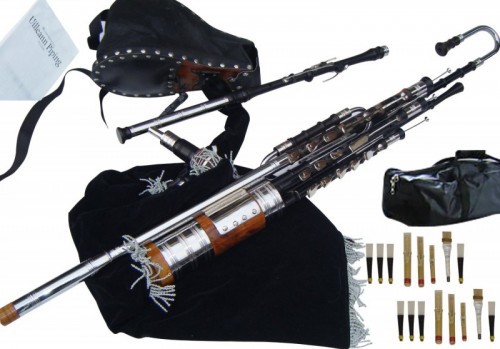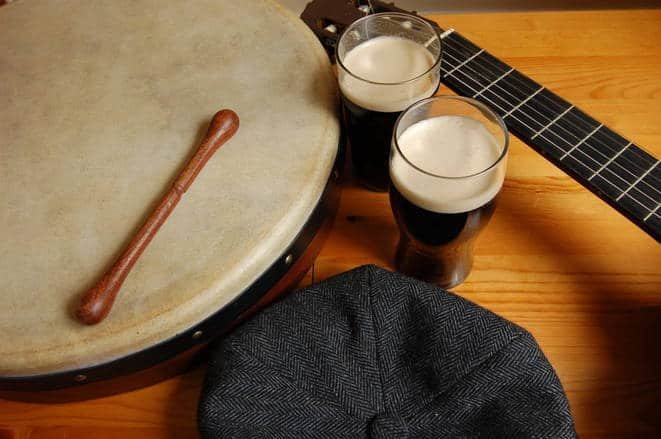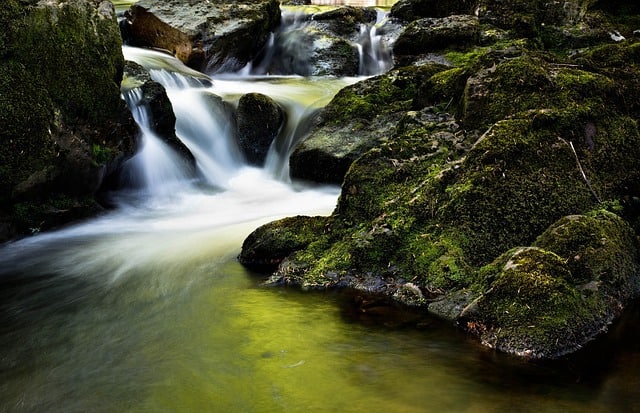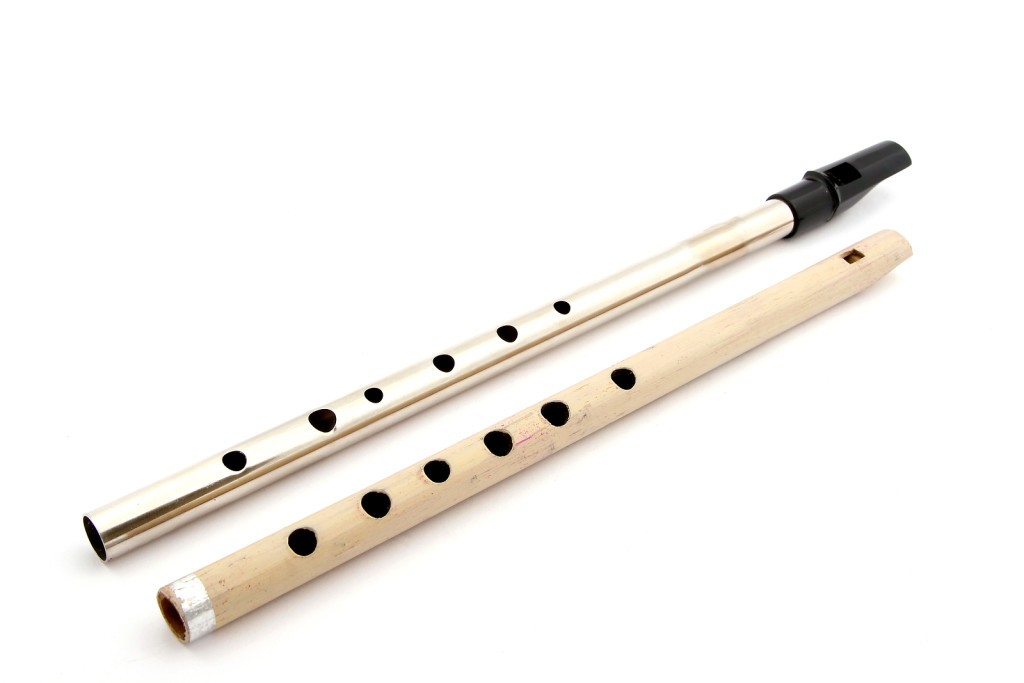
Known also as the penny whistle, the tin whistle is a woodwind instrument most commonly heard in Irish music. This small instrument has six holes, a mouthpiece, and is played by blowing air into it and using your fingers to cover different holes to produce different notes. The tin whistle is known under several different names, depending on the region, including the tin flageolet, English flageolet, Clarke London flageolet, Irish penny whistle, Scottish penny whistle, and the feadog stain. While unique in its own right, the tin whistle shares many similarities with other instruments including the Native American flute, the recorder, and even the clarinet when it comes to fingering and playing style.
Table of Contents
Best Tin Whistle Recommendations
Best Tin Whistle For Beginners
- For Soft Tone: Waltons Mellow D
- Non D: Generation Brass Bb
Intermediate Tin Whistles
- Traditional: Mellow Dog
- Plastic Tin Whistle: Dixon DX005
Most traditional musical compositions by musicians in Ireland and Scotland contain this beautiful instrument, and it has become a huge part of their culture since its inception in the mid-to-late 19th century. Even today, whenever this fipple flute is heard in a musical composition, it is almost always associated with Irish and Scottish traditional music. With the surge of the Celtic revival in the 1960’s and 70’s, this woodwind instrument has become more and more recognizable worldwide thanks to bands like the Clancy Brothers, the Chieftains, and the Irish Rovers.
History of the Modern Tin Whistle

In the same year Charles Dickens’ classic A Christmas Carol was published, another fantastic piece of history was conceived by a young Robert Clarke in 1843. His invention, the modern day tin whistle, was made using a small piece of wood, some solder, and a tinplate in a small, humble village in Suffolk, England.[1] Unbeknownst to Clarke, an uneducated but hard-working family man, the instrument he created would eventually become the staple of a very popular musical genre. As mentioned, the tin whistle has become indistinguishable from Celtic music and is a beloved instrument of Celtic musicians and fans alike.
Robert Clarke eventually started manufacturing his invention and by the early 1900’s the instrument became so common within households it considered much like the harmonica in its commonality. It was eventually called the “penny whistle” since it could be bought for a mere penny in most stores. Thanks to his entrepreneurial efforts, Clarke’s tin whistle made its way all over the world where it became incredibly important within several musical genres including those of Ireland, Scotland, England, and even South Africa.
The “Penny Whistle”
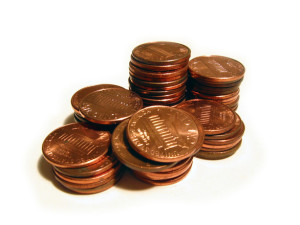
At first, the tin whistle was regarded by many to just be a toy that many households bought for their children due to the instrument’s easy availability and affordability. The instrument could be bought in many stores for just a penny, so pretty soon the nickname “penny whistle” began to come into effect. Many people believed that the penny whistle got its nickname due to children playing the instrument in the streets for pennies, but most sources believe its nickname came from its price. Eventually, the “penny whistle” was picked up by Celtic and folk musicians and became a serious, mainstream instrument that it is primarily known to be today.
“Low” Whistles
While the modern tin whistle is known for its high-pitched tone, there are also several different sized whistles that have been played over the years which have a much larger appearance. These “low” whistles are much bigger than their standard tin whistle counterparts and are able to reach much deeper octaves due to their larger shape and length. These bigger whistles played the same way a standard tin whistle is played and are usually made of plastic or metal depending on the manufacturer. A famous low whistle dated back to around the 19th-century can be found in Boston’s Museum of Fine Arts as part of the Galpin Collection named after Francis William Galpin.[2]
Is the Tin Whistle Still Made of Tin?
Today, rather than being made from tin and wood like Clarke’s original, most tin whistles are made using brass or nickel-plated brass and a plastic fipple. Even with these differences in manufacturing, the tin whistle has kept its colloquial name despite no longer being made using tin. This is similar to how it’s also kept the nickname “penny whistle” even though it is now sold in most places for more than just a penny.
The Influence of the Tin Whistle in South Africa
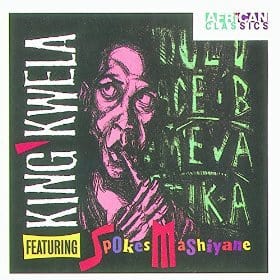
Closely tied with Celtic music, the tin whistle is one of the main instruments of the genre and is a favorite among Celtic artists and their fans. While this instrument is mostly known to be associated with countries like Ireland and Scotland, many people are unaware of its influence in countries like South Africa.
Kwela, a style of music birthed in South Africa as an offshoot of the marabi sound, is an entire genre that began with the use of the Irish penny whistle. Thanks to the penny whistle’s easy availability, this instrument was able to be picked up by the natives in impoverished areas and was used to create the jazzy music style of kwela. The craze surrounding kwela when it was first introduced caused the sales of the penny whistle to skyrocket to over one million instruments sold in South Africa in the 1950’s.[3]
Eventually, however, thanks to the emergence of another style of music, Mbaqanga, the tin whistle was gradually phased out in favor of the saxophone. Despite its decline in popularity, the tin whistle is still highly regarded within the kwela genre due to it being the instrument used to develop the genre into what it is today.
See the Tin Whistle in Action!
Played here by the fantastic Mary Bergin, this tin whistle solo displays the instrument’s ability to play upbeat, jazzy leads. As you can see, the instrument requires its player to blow through the fipple into the body of the instrument and cover the holes with their fingers to produce different notes. The harder you blow, the higher pitched the notes tend to be. If you’re wanting to learn how to play the tin whistle, just remember this: you won’t become a pro overnight. In order to become a fantastic player like Mary Bergin, Seán Ryan, or Tommy Makem, it requires dedication, good hand-eye coordination, and most of all a LOT of practice!
List of Notable Tin Whistle Players
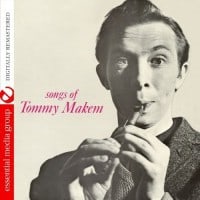
- Steve Buckley – England
- Robert Bruce Hallett – Canada
- LeRoi Holloway Moore – Virginia
- Andrea Jane Corr – Ireland
- Peter Richard “Spider” Stacy – England
- Morris Goldberg – South Africa
- Julie Fowlis – Scotland
- Seán Ryan – Ireland
- Joanie Madden – New York
- Micho Russell – Ireland
- Carmel Gunning – Ireland
- Mary Bergin – Ireland
- Seán Potts – Ireland
- Paddy Moloney – Ireland
- Tommy Makem – Ireland
- Carlos Nuñez Muñoz – Spain
- Matt Molloy – Ireland
- Stephan Micus – Germany
- Michael McGoldrick – England
References
- History. (n.d.). Retrieved January 13, 2016, from http://www.clarketinwhistle.com/tinwhistle-history
- Flute. (n.d.). Retrieved December 04, 2015, from http://www.mfa.org/collections/object/flute-50386
- SouthAfrica.info. (n.d.). Retrieved December 04, 2015, from http://www.southafrica.info/about/arts/922564.htm

